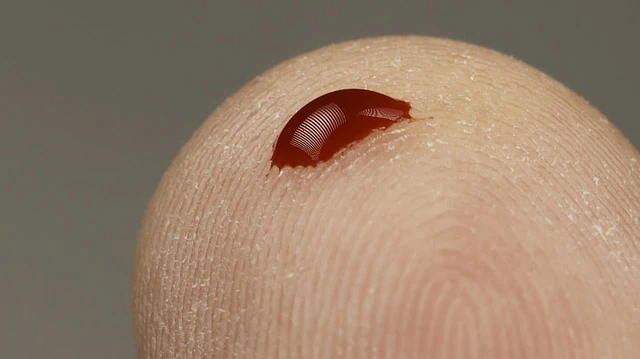
Source: NPR
From NPR, a breakdown of the steps necessary to test, analyze and act if your child has been exposed to lead.
All children who have been exposed to lead should be tested to determine if the levels are high. However, no level of lead is deemed “safe,” according to the 2012 CDC Advisory Committee on Childhood Lead Poisoning Prevention. Different states and organizations nevertheless recommend different approaches to testing.
There are two types of tests: capillary tests and the venous blood draw.
The former involves a prick for blood on either the fingertip or heel of a child; the latter requires drawing blood from vein of a child’s arm. While the capillary test can be administered more easily at a home or school to facilitate access to testing, it can also be less accurate. The test will detect lead on the skin too and might deliver a false positive in this case. The venous blood draw is more accurate because it directly measures lead levels in the blood. Both tests can still be inaccurate by 1 or 2 points. Therefore, if the test shows a level of 2, the child could have no lead in their blood at all.
There are different instruments for testing.
A lab analysis of the test can take up to one week to deliver results, and overall can make the process difficult if the parent is hard to reach – especially in the case that the results are positive. An alternative method called Lead Care II Blood Lead Tests System can deliver same-day results.
No level of lead is safe.
Experts suggest that while parents cannot completely control all exposure to lead, families should make sure to create safer environments and should prioritize follow-ups about blood test results.
Read dull story at: NPR
